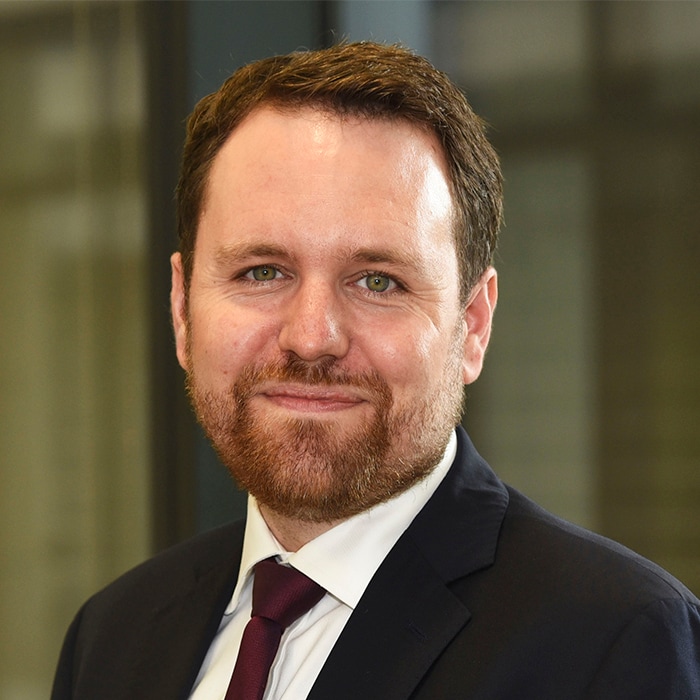- UK Impact Report
- NWE Reports
Stories of our impact
Medicine and machines
Our data scientists are giving critical time back to doctors
Unprecedented patient demand. Hospital admissions on the rise. Funding struggling to catch up. Challenges with recruitment and staff retention.
It’s a tough landscape for the NHS and it doesn’t help that highly trained consultants spend hours on admin. So, since autumn 2017, we’ve been exploring whether artificial intelligence (AI) and robotics could put doctors back on the front line.
Colleagues from across the UK and the Netherlands with expertise in data science, AI and robotics, plus clinicians with extensive hospital knowledge, have created three proof-of-concept solutions to tackle major NHS challenges. And, so far, the prognosis is excellent.
Innovate to automate
The gastroenterology department of Edinburgh’s Western General Hospital receives up to 40 electronic GP referrals a day. Each one must be assessed by a consultant – a task that’s crying out for automation.
To speed up the triage process, we built a model to read referrals and categorise patients into the appropriate urgency levels and clinics. This involved taking almost 22,000 letters sent over a five-year period and training a model with Natural Language Processing (NLP) and Machine Learning algorithms, to ‘teach’ the model how to interpret the information contained within the letters including patient’s demographics and symptoms. Initial results have been promising, with a high level of accuracy in identifying cases that were triaged onto the cancer pathway, or in other words, patients, who should be followed up with the highest priority. We have been undertaking a pilot for data gathering and clinical fact finding at the hospital, allowing us to collect feedback on model predictions from the doctors and to build clinical confidence.
Model behaviour
Western General isn’t the only success story – two other models have shown how machines can ease the burden on the NHS.
At a major teaching hospital in London we used technology to assess clinical letters and determine, with more than 90 per cent accuracy, a patient’s status, from referral to treatment. This has the potential to clear a massive paperwork backlog.
Another model, created for a Yorkshire-based group of hospitals, can automate the coding process that takes place when patients are discharged.
Read more about our work on AI with the NHS in our 2019 Impact Report.
Typically, large teams use electronic data and paper-based medical notes to assess the type of care the patient received and generate a code, which is then used to calculate hospital payments. AI could transform this labour-intensive system and, to date, our technology has proved more than 99 per cent accurate.
There is still a long way to go but Ronen is excited. “The numbers are unbelievable – we’re really thrilled,” he says. “Developing intelligent automation techniques will help hospitals in the UK and across the globe to devote more time to patients.”
Read more about our work on AI with the NHS in our 2019 Impact Report.
More stories like this
